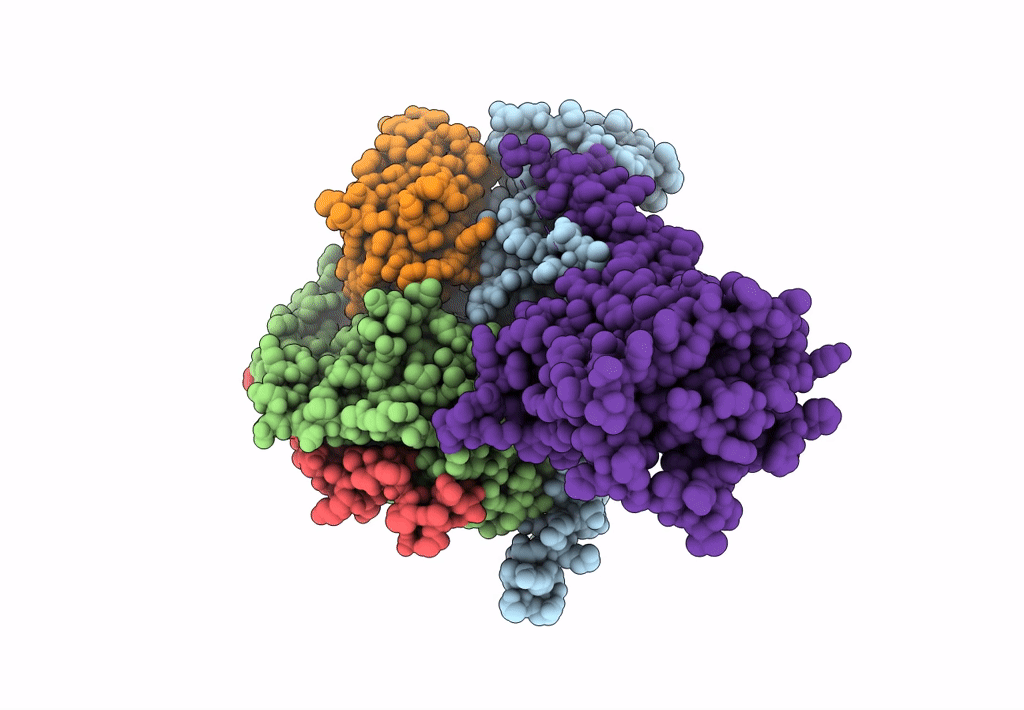
Deposition Date
2022-11-22
Release Date
2023-03-15
Last Version Date
2024-10-23
Method Details:
Experimental Method:
Resolution:
3.12 Å
Aggregation State:
PARTICLE
Reconstruction Method:
SINGLE PARTICLE


